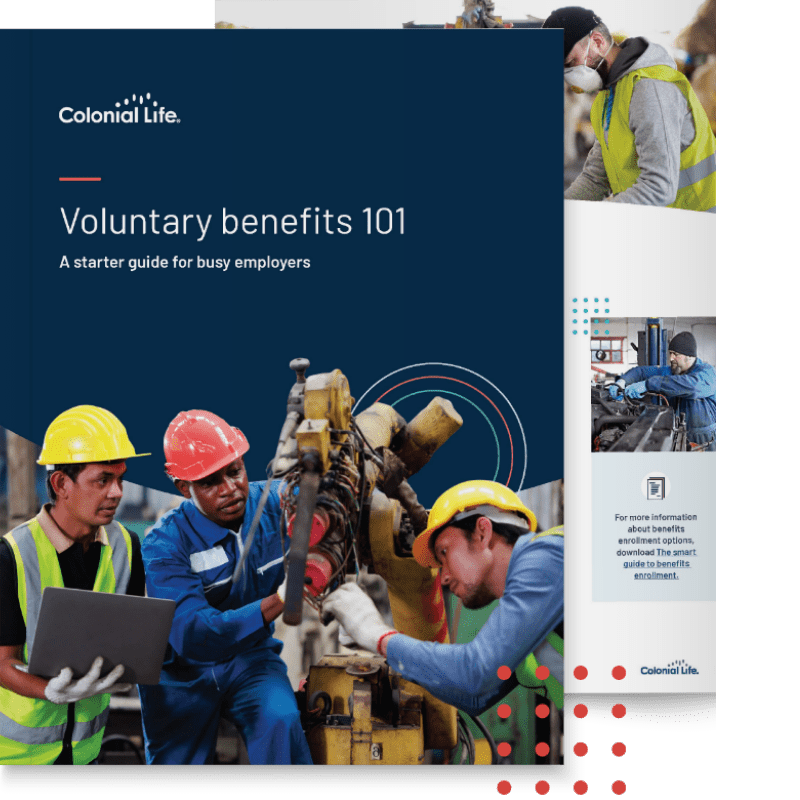10 Things Small Employers Might Not Know about FMLA
Since 1993, the Family and Medical Leave Act (FMLA) has been law. Its overarching purpose is to provide employees with opportunities to take leave for medical and family reasons. But there are many caveats to the law that you may or may not know. For example, here are ten things that you might not know:
1. Not all businesses are covered. Employers must comply with the FMLA if they have at least 50 employees for at least 20 weeks in the current or previous year.
2. Not all employees are covered. If your business is covered by the FMLA, that doesn't mean every employee is. An employee must have worked in the business for at least a year and 1250 hours in the prior year. Also, the employee must work at a company location that has at least 50 employees within a 75-mile radius.
3. FMLA is only allowed for certain reasons. Employees can take FMLA leave for their own serious health condition, to care for a family member with a serious health condition, or to bond with a new child. In addition, employees can take FMLA to deal with certain qualifying matters that result from a family member's call to active military duty or to care for a family member who suffers a military service-related illness or injury.
4. For most types of leave, employees can take 12 weeks off per year. There is an exception for employees who need time off to care for a family member who suffers an injury or illness while on military duty. In that situation, employees may take up to 26 weeks of leave in a 12-month period, but this is only available once per family member or per injury.
5. Employees can take intermittent leave. Often employees don't need to use all of their FMLA leave at one time. For example, employers can agree to allow employees to take a few days or hours at a time to complete a medical treatment program. If the FMLA leave is for the birth, adoption or foster placement of a child, the use of intermittent or reduced schedule leave requires the employer's approval.
6. FMLA is unpaid. The law doesn't require employers to offer extra paid leave. However, under some circumstances, employees may be able to use their accrued vacation time, sick days or paid time off (PTO) benefits while they're on FMLA leave.
7. Employers can request notice from the employee. If the employee's need for FMLA leave is foreseeable, the organization can ask that the employee provide 30-days notice. If circumstances don't allow, then the employee must give as much notice as practical, usually on the same or the next business day.
8. Employers can request medical certification. The FMLA gives employers the right to request a medical certification from the health care provider verifying the need for leave. If the employer requests a medical certification, an employee is typically given 15 calendar days to respond.
9. Employers must provide employees with the option to continue their health insurance. That being said, employers may require the employee to pay their share of the premium. And if the employee chooses not to return to work after their FMLA leave, it is possible to ask the employee for reimbursement of their health care premiums.
10. When employees return, they must be reinstated to the same or an equivalent position. Translation: The employee gets something similar to their old job when they come back from FMLA leave. There is an exception for certain higher salaried employees that requires employers to provide advance notice.
FMLA was designed with good intentions and provides employees with a benefit that helps them in times of need. But that doesn't mean it's easy to remember all of the nuances.
Please keep in mind that this list just scratches the surface of this very complex piece of legislation. If you want more details, check out the U.S. Department of Labor Fact Sheet on the Act. And always remember to contact your employment law attorney with any specific questions.
Hyperlinks to third party websites are offered for informational purposes only. Colonial Life in no way controls, guarantees, endorses, sponsors, or promotes these websites or their content.



